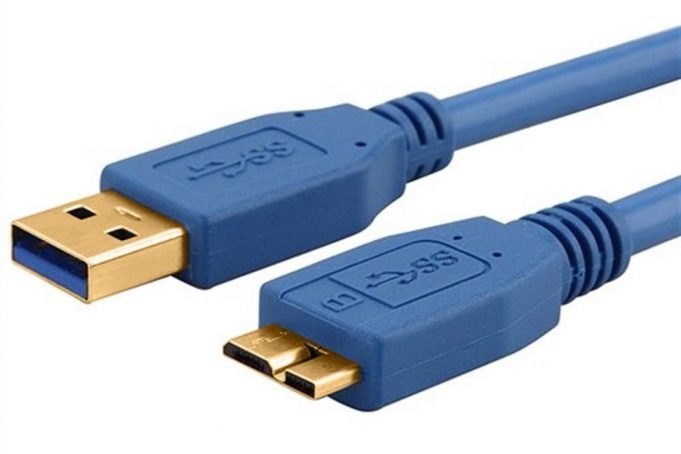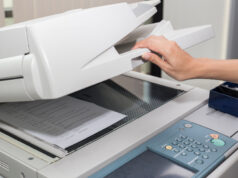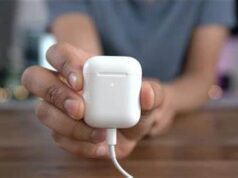When the Universal Serial Bus (USB) port first arrived on PC’s in 1996 it changed the way manufacturers and consumers look at peripheral devices. Instead of having to provide multiple ports or add on cards to connect printers, scanners, mice, keyboards, and other accessory devices a single, universal connector became the norm. Over the years USB has gone through several iterations, with the latest version, USB 3.0, promising even faster data transfer speeds, making it idea for today’s bandwidth intensive devices and applications. But what exactly is USB 3.0 and how does it really differ from earlier versions?
USB 3.0 Provides Increased Data Bandwidth For Hard Drives and Other Devices
When it first came out USB’s biggest competitor was another technology known as Firewire. At the time USB 1.0 was limited to a scant 12Mb/sec transfer rate. By 2001 that rate was upped to 480Mb/sec making it perform on a fairly similar level to Firewire and driving manufacturers to standardize even more on the USB architecture for their new devices.
Still, even at that rate USB 2.0 is too slow for transferring video and other files in a real time environment. Today, with the newest USB 3.0 hard drives and other devices being introduced the transfer rate has been raised ten fold to a seemingly spacious 4.8Gb/second. Also known as SuperSpeed USB this improvement on the USB standard opens a host of performance increases for peripheral devices, primary among them making external USB hard drives as fast and useful as current internal SATA hard drives.
Are USB 3.0 Devices Compatible With Legacy USB Devices and Hosts?
The USB specification has been built around backward compatibility throughout its history. The new 3.0 standard is also backward compatible but uses a slightly modified connector to achieve the SuperSpeed transfer rates. In general, any older legacy USB device will work just fine with a USB 3.0 equipped computer.
The only exception to this being that USB 2.0 cables must be used to connect a 2.0 device to a newer USB 3.0 computer as the newer USB 3.0 cable design will not work in older USB 2.0 slots. It should also be noted that the USB standard can utilize cables of up to 5 meters in length but that USB 3.0 devices will only operate at SuperSpeed rates if the cable is 3 meters or less in length.
The USB 3.0 connectors are already being incorporated into the latest motherboards and devices. Upgrading a computer with a USB 3.0 interface card is fairly easy to do for existing computers, but unless the user has a need for and intends to purchase USB 3.0 devices the upgrade is not worth the expense. Going forward, the older USB 2.0 spec will gradually be phased out by 3.0 devices as well as newer technologies such as wireless USB but unlike the now obsolete parallel and PS2 connectors of years past all USB devices will still be able to be used thanks to the Universal Serial Bus’ emphasis on compatibility and convenience.


















